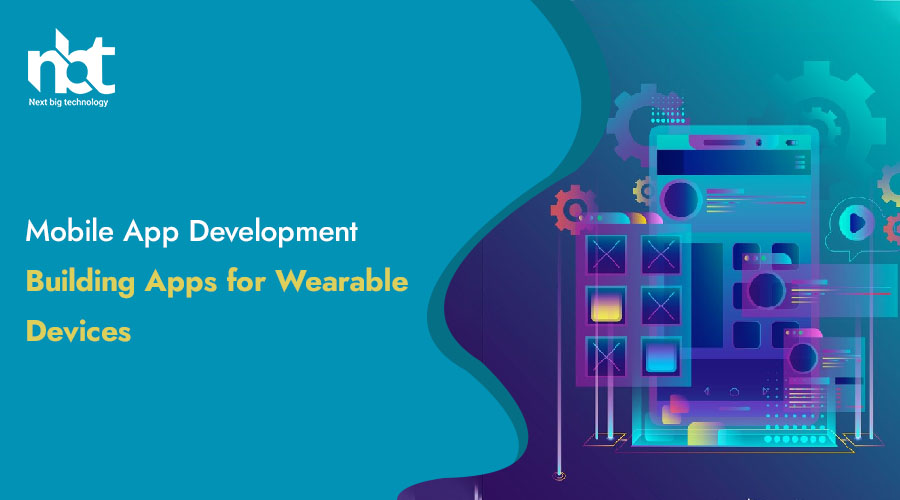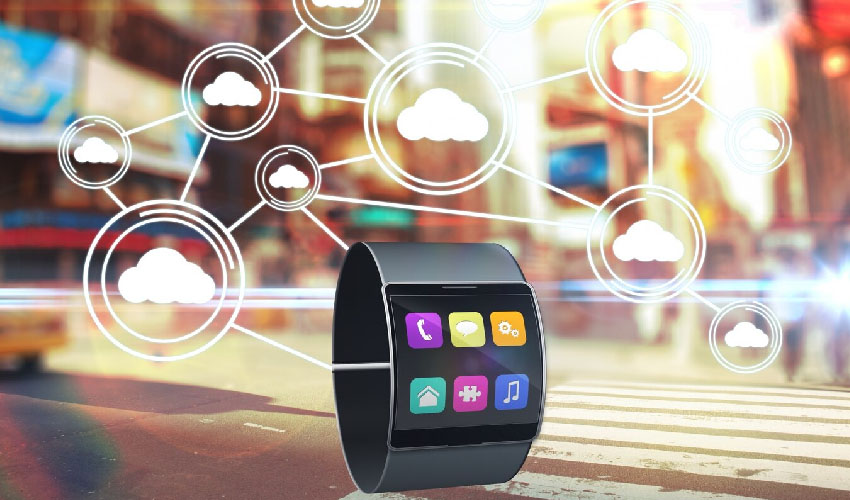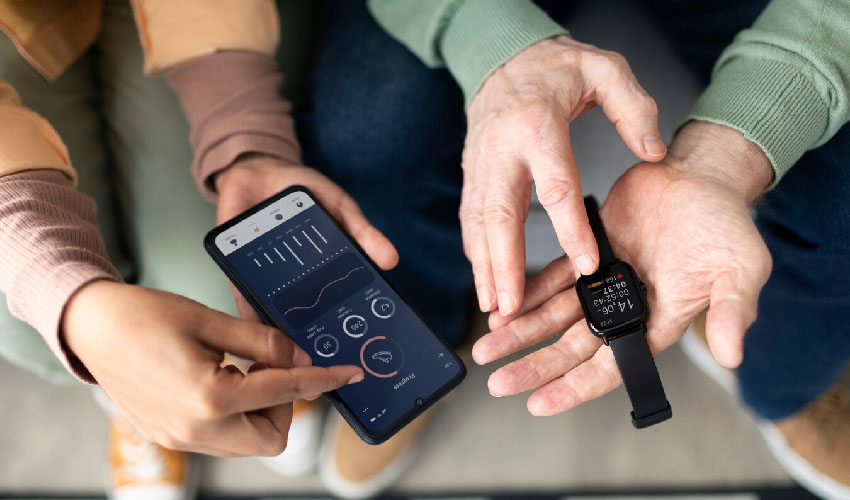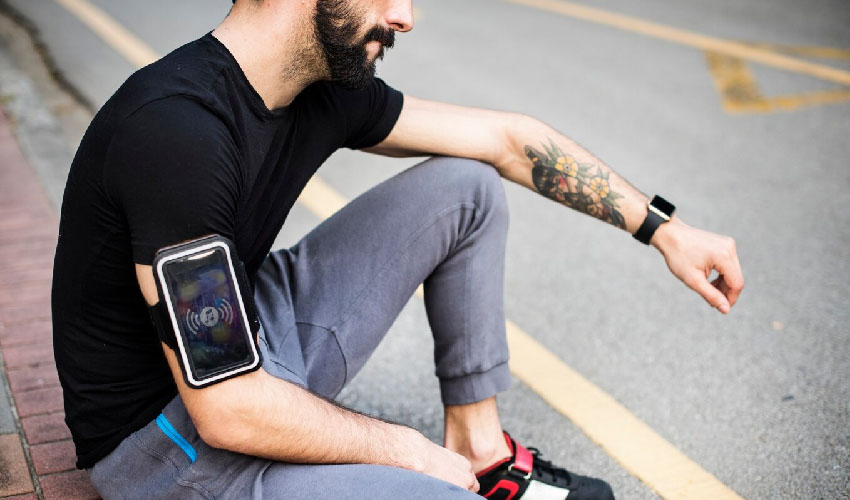Table of Contents
Introduction
Wearable devices, encompassing smartwatches, fitness trackers, and augmented reality glasses, have transformed the way we interact with technology. The fusion of fashion and function in wearables has opened up new possibilities for mobile app development.
Evolution of Wearable Technology
Historical Overview
The journey of wearable technology dates back to [insert relevant historical context]. From the first wristwatch to today’s smart glasses, wearables have evolved significantly.
Key Technological Advances
Advancements in miniaturization, sensor technology, and connectivity have been pivotal in shaping the modern wearable landscape. These technologies lay the foundation for the development of powerful and efficient mobile apps.
The Rise of Wearable Devices
Popular Wearable Categories
Wearables are not limited to smartwatches; they span various categories, including fitness trackers, smart clothing, and health-monitoring devices. Each category presents unique opportunities for app developers.
Growth Statistics
According to [insert reliable statistics], the wearable market is experiencing exponential growth. This surge indicates a growing user base hungry for innovative and purposeful mobile applications.
Importance of Mobile Apps for Wearables
Enhancing User Experience
Wearable apps play a crucial role in enhancing the overall user experience. From intuitive interfaces to real-time health monitoring, these apps add value to the functionality of wearable devices.
Increasing Functionality
Mobile apps extend the capabilities of wearables beyond their default features. Whether it’s integrating with smartphone applications or offering standalone functionality, apps are the driving force behind the utility of wearables.
Challenges in Mobile App Development for Wearables
Screen Size and Interface Challenges
Developers face the challenge of designing apps for smaller screens without compromising usability. User interfaces need to be intuitive, considering the limited real estate on wearable devices.
Battery Life Optimization
Wearable devices operate on limited battery capacity. Therefore, optimizing mobile apps for energy efficiency is a critical aspect of development to ensure a seamless user experience.
Key Considerations in Wearable App Development
User-Centric Design
Prioritizing user experience is paramount in wearable app development. Designing with the end user in mind ensures that the app aligns with the expectations and needs of the target audience.
Integration with Mobile Devices
Seamless integration with smartphones is a key consideration. Wearable apps should complement their mobile counterparts, offering a cohesive experience across devices.
Top Platforms for Wearable App Development
Android Wear
Android Wear provides a robust platform for developing apps compatible with a wide range of smartwatches. Developers can leverage the flexibility of the Android ecosystem to create diverse and feature-rich applications.
watchOS
As the operating system for Apple Watch, watchOS offers a unique set of tools for developers. Building apps for the watchOS ecosystem involves harnessing the full potential of Apple’s wearable platform.
Tizen
Tizen, Samsung’s operating system for wearables, is gaining popularity. Developers exploring Tizen can tap into the extensive capabilities of Samsung’s lineup of smartwatches.
Tools and Technologies in Wearable App Development
SDKs and Frameworks
Utilizing software development kits (SDKs) and frameworks streamlines the development process. These tools provide essential resources and guidelines for creating efficient and reliable wearable apps.
Testing Strategies
Thorough testing is crucial in ensuring the functionality and compatibility of wearable apps. Developers employ various testing strategies to address potential issues and bugs before launching the app.
Case Studies: Successful Wearable App Development
Fitness Tracking Apps
Apps that seamlessly integrate with fitness trackers have witnessed widespread success. These apps not only monitor physical activity but also provide personalized insights, motivating users to stay active.
Healthcare and Medical Apps
Wearable devices are increasingly used in healthcare settings. Mobile apps connected to wearables can monitor vital signs, track medication schedules, and provide valuable data for healthcare professionals.
Future Trends in Wearable App Development
Augmented Reality Integration
The integration of augmented reality (AR) in wearable apps opens up exciting possibilities. From interactive navigation to immersive gaming experiences, AR is poised to revolutionize the wearable landscape.
AI-driven Wearable Apps
Artificial intelligence (AI) is making its mark in wearable technology. AI-driven apps can analyze user behavior, provide personalized recommendations, and continuously adapt to user preferences.
Tips for Developers: Building Effective Wearable Apps
Simplicity in Design
Keeping the design simple yet effective is crucial. Users appreciate intuitive interfaces that don’t overwhelm them with unnecessary complexity.
Battery Optimization Techniques
Implementing strategies to optimize battery usage ensures that users can rely on the app without constantly worrying about draining their wearable device’s battery.
User Security and Privacy Concerns
Data Protection Measures
As wearables collect sensitive health and personal data, robust data protection measures are non-negotiable. Encryption and secure authentication mechanisms safeguard user information.
Compliance with Regulations
Adhering to data protection regulations and privacy standards is essential. Developers must ensure that their wearable apps comply with industry-specific and regional privacy laws.
Marketing Strategies for Wearable Apps
Targeting Niche Audiences
Identifying and targeting niche audiences can lead to more successful app launches. Understanding the unique needs of specific user groups allows for tailored marketing approaches.
Collaborations and Partnerships
Collaborating with wearable device manufacturers or forming partnerships with health and fitness brands can enhance the visibility of wearable apps.
Real-World Examples of Innovative Wearable Apps
Smartwatches in Navigation
Navigation apps designed for smartwatches provide convenient turn-by-turn directions without requiring users to constantly check their smartphones.
AR-enhanced Fashion Apps
Fashion apps utilizing augmented reality allow users to virtually try on clothing and accessories, enhancing the online shopping experience.
Conclusion
In conclusion, the world of mobile app development for wearable devices is a dynamic and exciting space. As technology continues to advance, developers have the opportunity to create innovative apps that not only meet current needs but also anticipate future trends.
Thanks for reading our post “Mobile App Development: Building Apps for Wearable Devices”. Please connect with us to know more about Building Apps for Wearable Devices.














